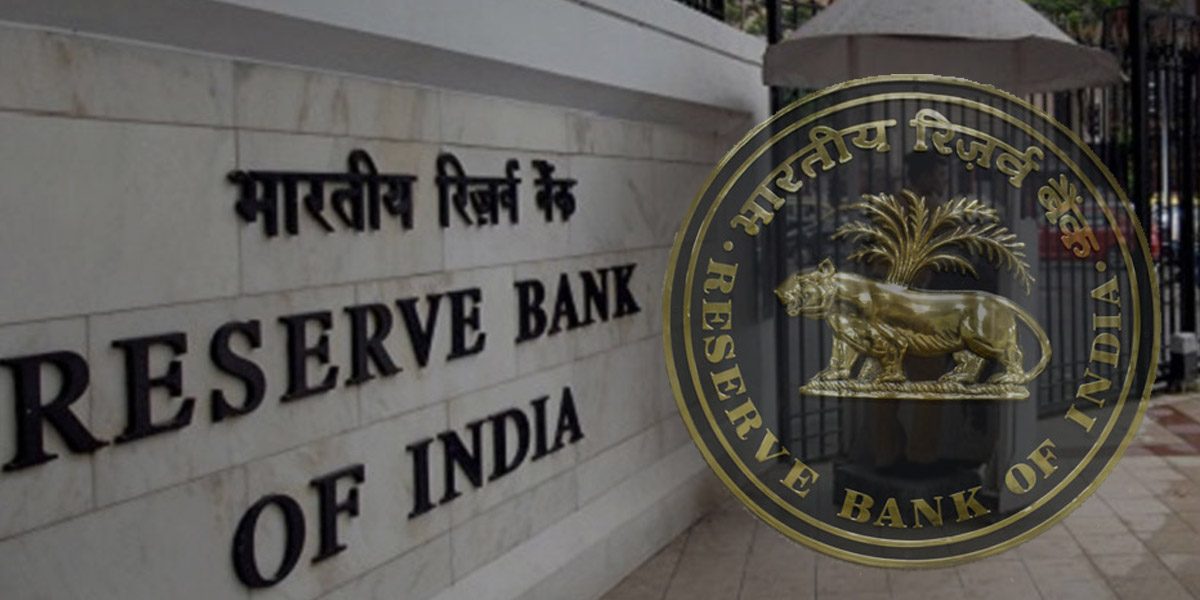 The Reserve Bank of India (RBI) has relaxed the deployment norms of Automated Teller Machines (ATMs) by white-label players, who will now not have a compulsion to put up thousands of units each year. This decison is for manageable annual targets, a major departure from the stiff run-rates set under the license terms in 2012, sources aware of the development said.
The Reserve Bank of India (RBI) has relaxed the deployment norms of Automated Teller Machines (ATMs) by white-label players, who will now not have a compulsion to put up thousands of units each year. This decison is for manageable annual targets, a major departure from the stiff run-rates set under the license terms in 2012, sources aware of the development said.
ATMs set up, owned, and operated by non-banks are called white-label ATMs (WLATMs). Non-bank ATM operators are authorized under the Payment and Settlement Systems Act, 2007, by the RBI. Deployments by white-label ATM (WLATM) firms have been poor at just 23,597 units, seven years after they began operations. This is way off the 1,000-25,000 ATMs that would have been added annually by each operator based on the schemes they had opted for. Industry sources say as many as 200,000 WLATMs would have been deployed if the run rate had been maintained.
The RBI has not announced a policy change, but industry sources said it had been conveyed to the deployers that they would now be evaluated on an annual basis with more realistic targets and the kind of cities (from tier-I to tier-VI) in which ATMs were put up. These targets are confidential and player-specific.
“The earlier targets were hard to meet. We also miscalculated as it is a capital-guzzling business and private equity may not continue to support us as in the past,” said the chief executive officer of a white-label deployer. Another sore point was that the central bank did not allow WLATM players to switch over to a different deployment scheme.
Of the eight WLATM players, Tata Communications Payment Solutions is the largest deployer with 8,290 ATMs, followed by BTI Payments (6,249), Vakrangee (4,506), Hitachi Payment Services (3,535), RiddiSiddhi Bullions (681), Muthoot Finance (217), and AGS Transact (119), while Srei Infrastructure has exited the business. The number of ATMs in the country has fluctuated around the 240,000 level since demonetization and on the back of rising operational costs and the emergence of digital modes of payment. This has made the ATM channel unviable for all manner of deployers — banks, brown-label, and WLTAMs.
The WLATM business model was premised on the fact that customers will swipe on ATMs and deployers could pocket the interchange fee of Rs 15. The interchange is the payout by a card-issuing bank when you swipe at other banks’ ATMs (and this includes white-label units). The promise of a hike in the interchange fee to Rs 18 has also not materialized so far.
The model was turned on its head when footfalls fell at these WLATMs and operating costs soared. Another blow was when banks started to plonk their ATMs next to WLATMs to cut back on the interchange paid.
In effect, the poor deployment of WLATMs has tripped what the RBI sought to achieve back in 2012 when it noted: “While there had been a nearly 23-25 percent year-on-year growth in ATMs, deployment has been predominantly in the tier-I and -II centers. There is a need to expand in tier-III and tier-IV centers.”




